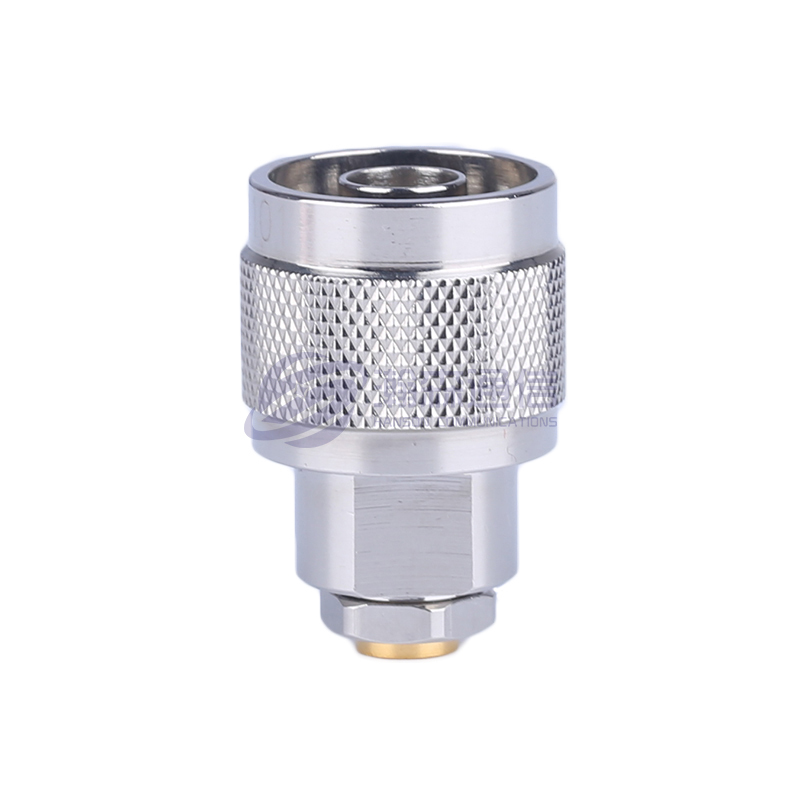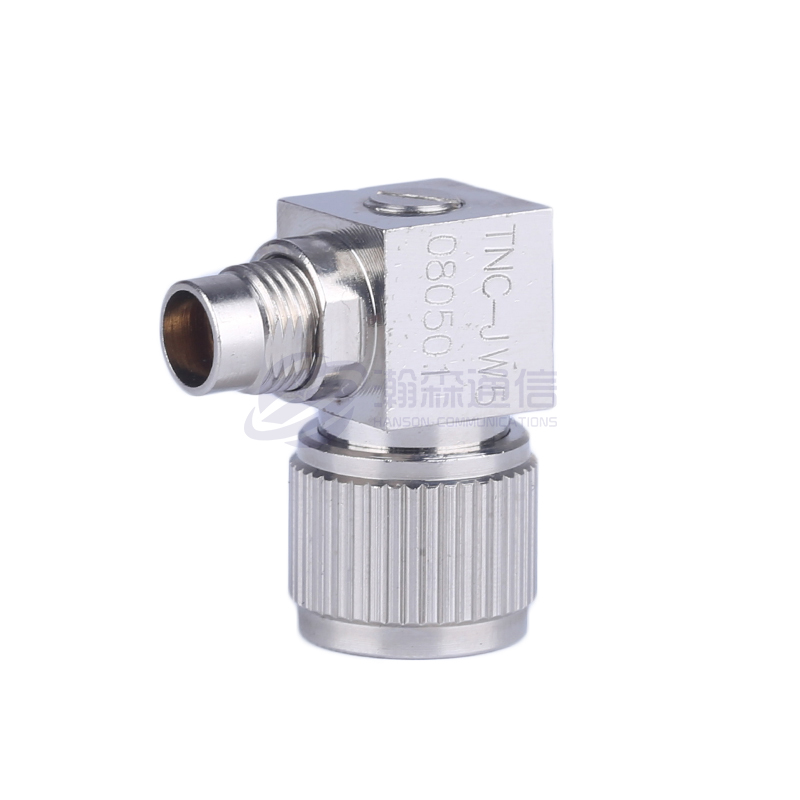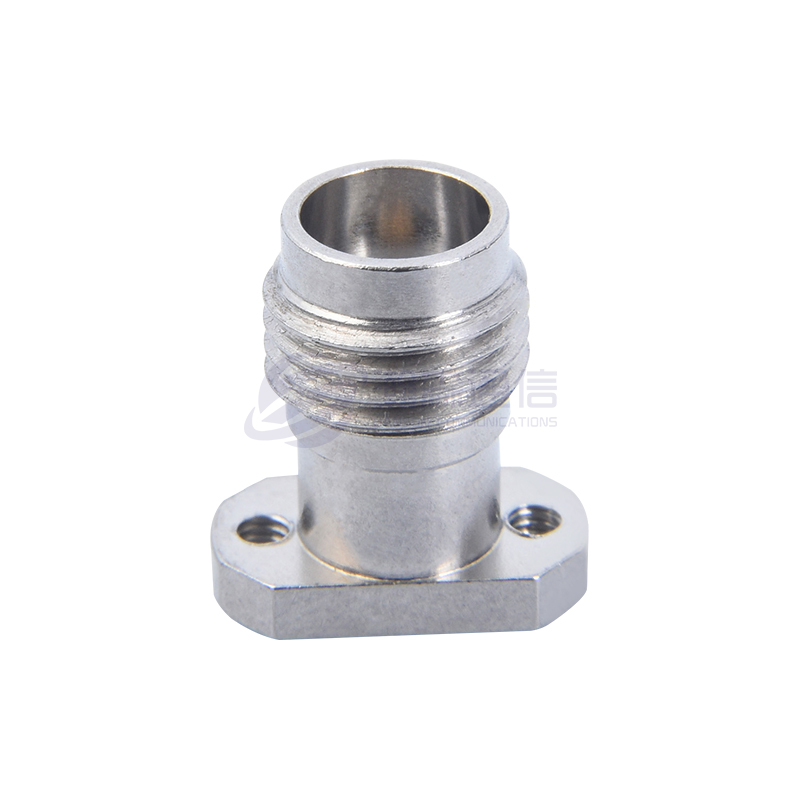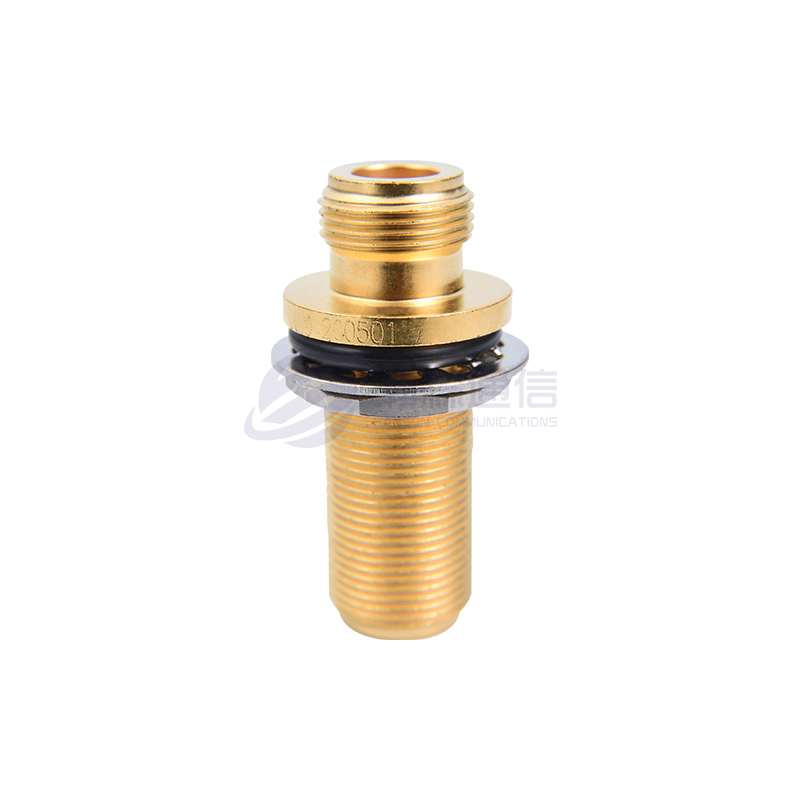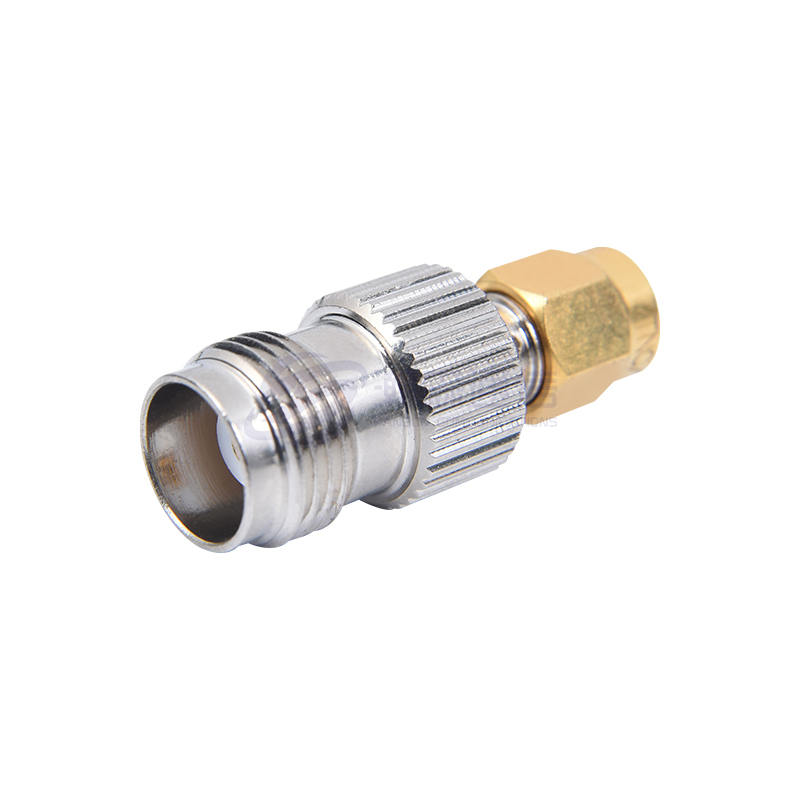Super Low-Loss Flexible Cable Assembly
Description:
Super low-loss flexible cable assembly is a high-performance RF connection solution designed for high-frequency and high-precision signal transmission. Its core advantages lie in phase stability and extremely low signal loss. It is suitable for scenarios with demanding signal integrity, such as satellite communications, radar systems, 5G base stations, aerospace test equipment, microwave instruments and other high-precision RF systems.
Parameter:
Ultra Low Loss: Steady Phase Ultra Low Loss Flexible Cable Assemblies feature specially designed cable constructions and materials that minimise signal attenuation (insertion loss). The low loss characteristics make it ideal for long distance signal transmission, especially in high frequency signal environments, ensuring consistent signal quality.
Stable phase characteristics: The design of this cable assembly ensures that the phase of the signal remains stable, especially over long transmission distances or in high frequency applications where phase stability is critical. It effectively avoids variations in phase errors or time delays and ensures that the phase of the signal is consistent, thus enhancing the accuracy and performance of the system.
High Flexibility: Despite its low loss and excellent signal transmission characteristics, Steady Phase Ultra Low Loss Flexible Cable Assemblies remain extremely flexible and bendable. This allows them to be used in limited spaces or complex equipment layouts, while facilitating wiring and connections in a variety of directions and angles.
High temperature resistance and environmental adaptability: This cable assembly is typically made of high temperature resistant materials such as FEP (Fluorinated Ethylene Propylene), PTFE (Polytetrafluoroethylene), etc., and is capable of adapting to a wide range of operating temperatures (typically -55°C to +125°C). It is also highly resistant to corrosion and moisture, allowing it to work reliably in harsh environments.
High-frequency performance: Steady-phase, ultra-low-loss flexible cable assemblies typically support a frequency range of DC to 18 GHz, DC to 26.5 GHz and beyond for a wide range of RF and microwave applications. It provides excellent signal transmission and meets the need for stable transmission of high-frequency signals.
Precise impedance matching: The cable assembly features precise 50Ω impedance matching, which can effectively prevent signal reflection and improve the efficiency and quality of signal transmission. The impedance matching ensures minimal signal reflection and loss and is suitable for a wide range of RF test, communication and radar systems.
High-quality connectors: Steady-phase ultra-low-loss flexible cable assemblies are usually equipped with high-precision RF connectors (e.g. SMA, N-type, TNC-type, etc.), which are made of high-quality metal materials and gold-plated treatment, and are able to provide stable, low-contact-resistance electrical performance to ensure a long-term reliable connection.
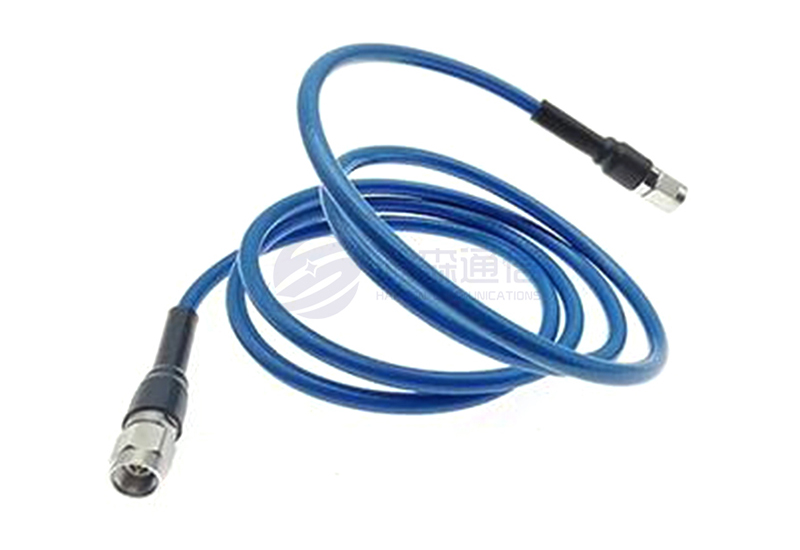
KEEP IN TOUCH
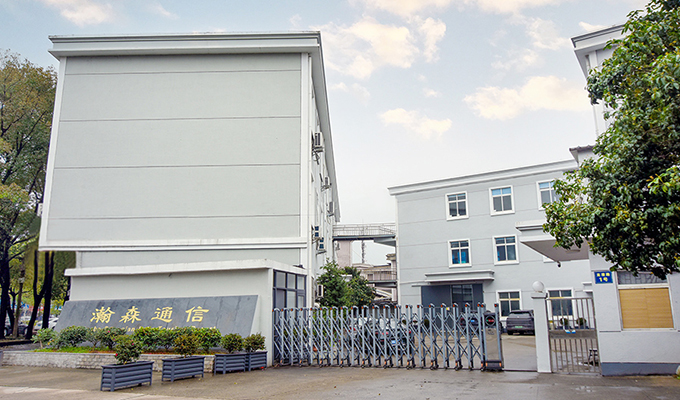
-
SMA connectors are one of the most common and widely used coaxial connectors in RF applications, widely used in communication equipment, microwave systems, antennas, test instrumen...
READ MORE -
Choosing the right RF coaxial adapter is crucial, as it's a potential signal bottleneck; an inappropriate choice can directly impact the performance of the entire RF system. Below ...
READ MORE -
Hermetically sealed connectors are widely used in special environments such as aerospace, military equipment, medical equipment, automotive electronics and industrial control. Its ...
READ MORE -
1. Preparation Before Cleaning Safety First: Ensure the RF coaxial adapter is disconnected from all cables and devices.Work Environment: Select a clean, dust-free, and well-lit wor...
READ MORE
Request for a call today

 English
English русский
русский

